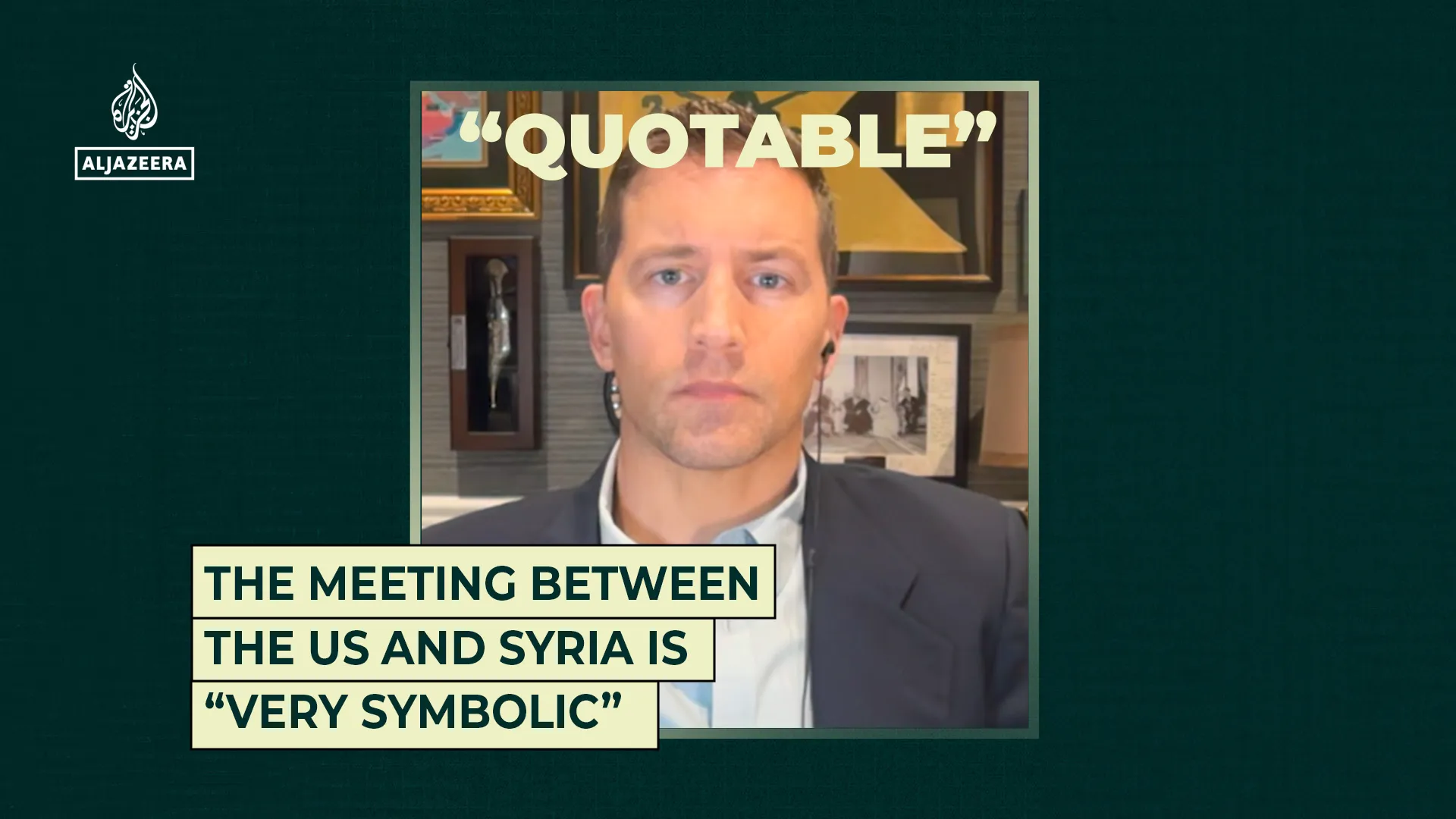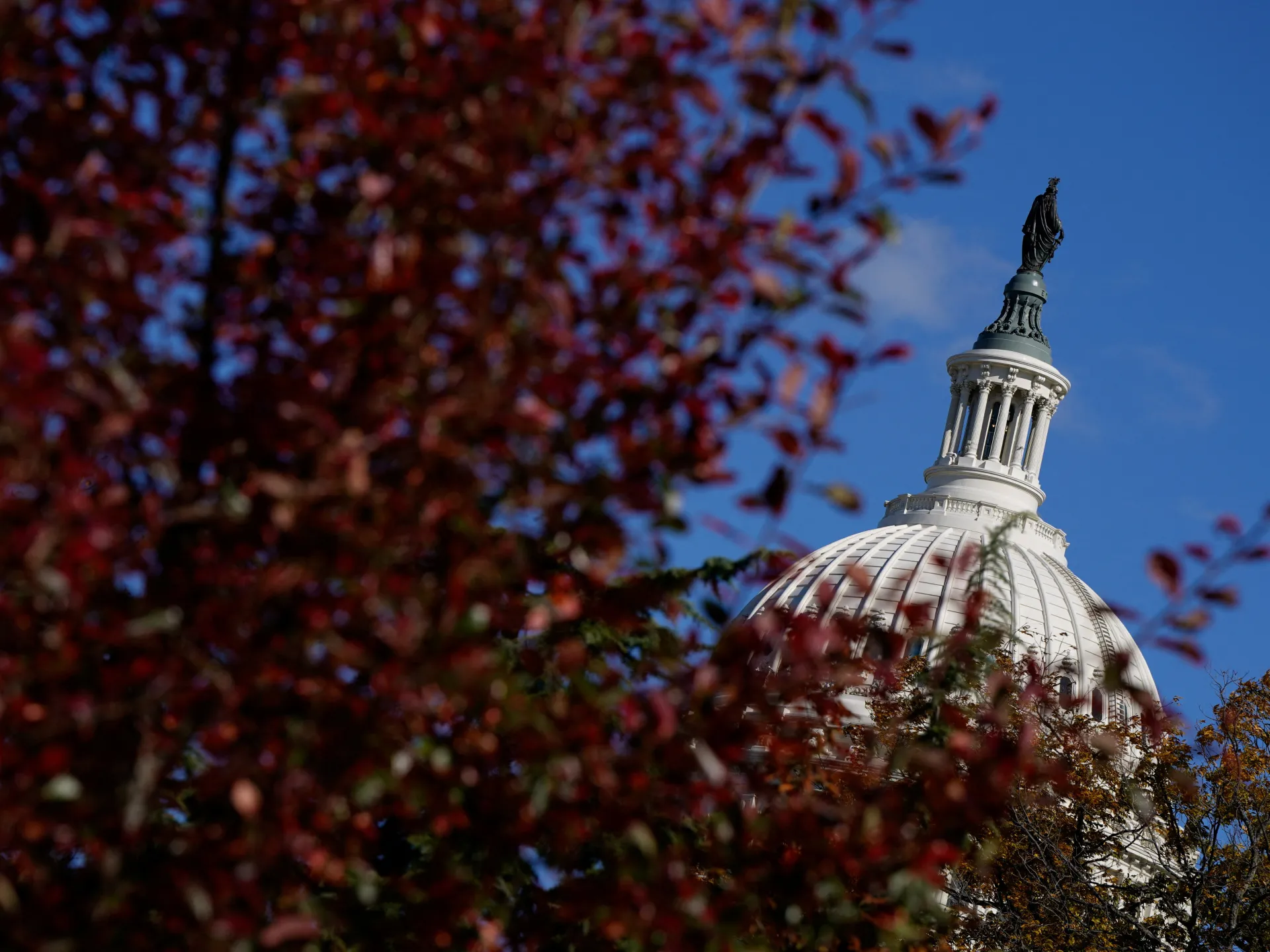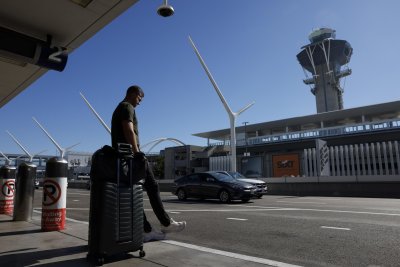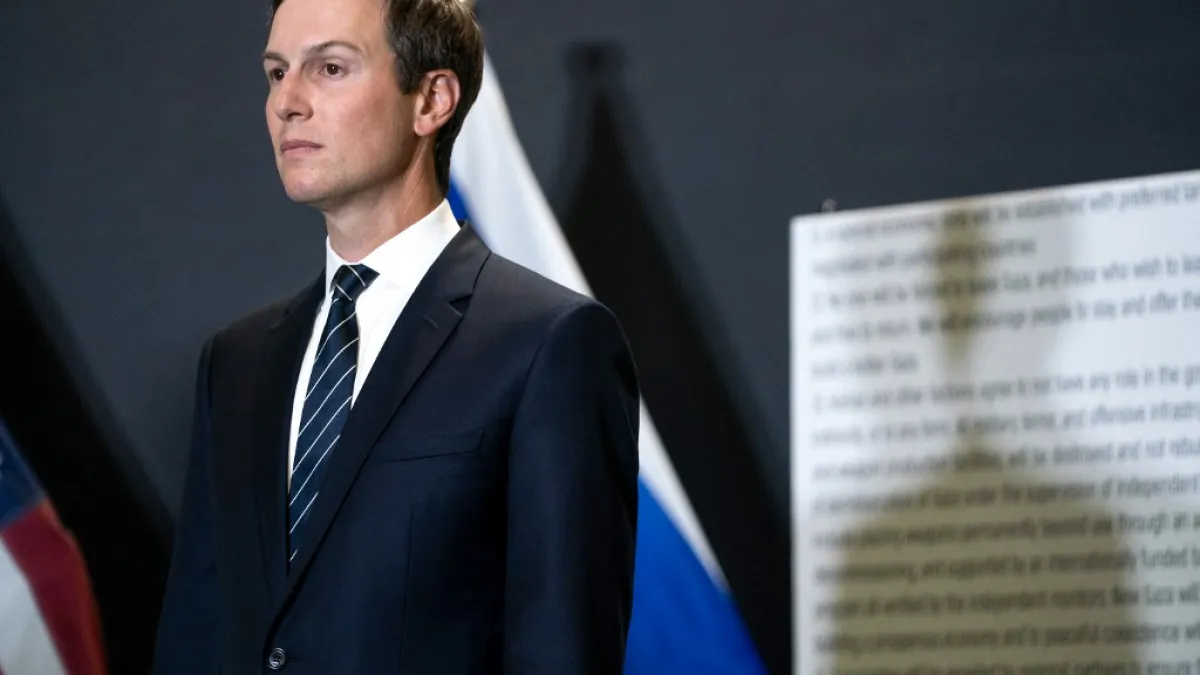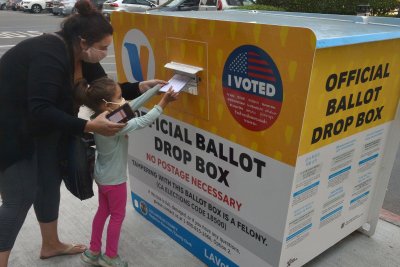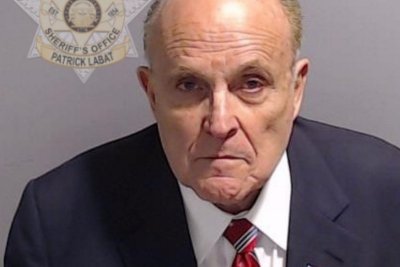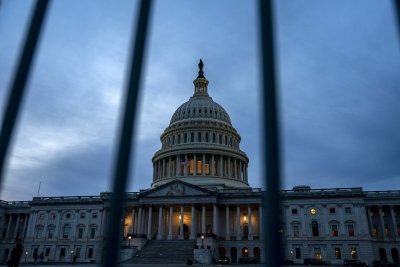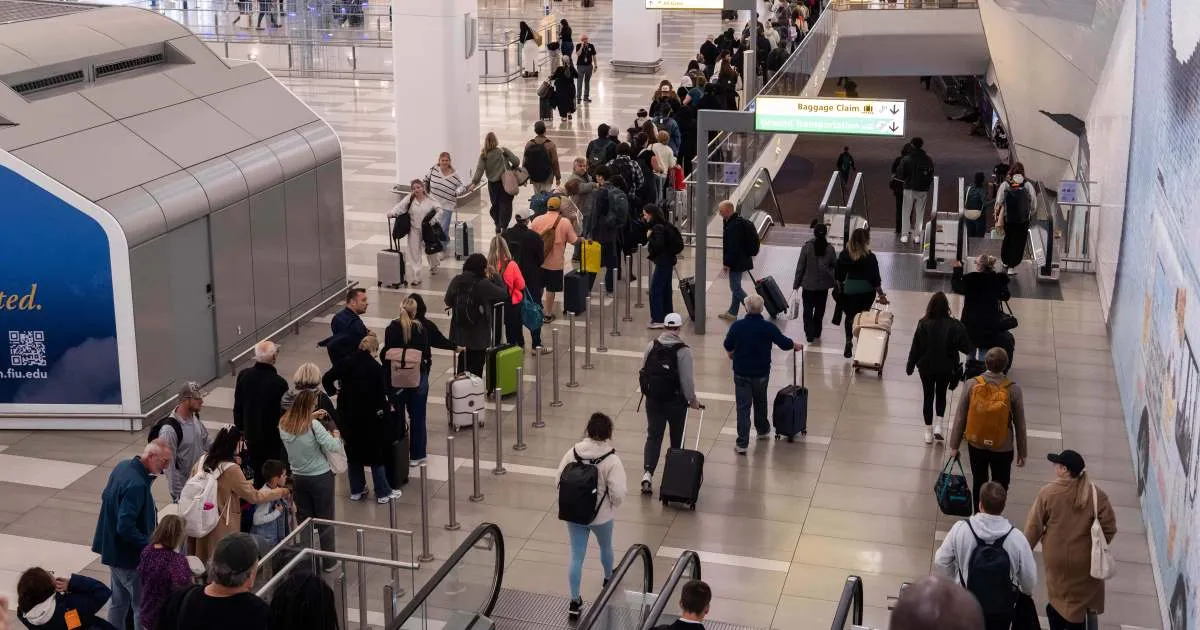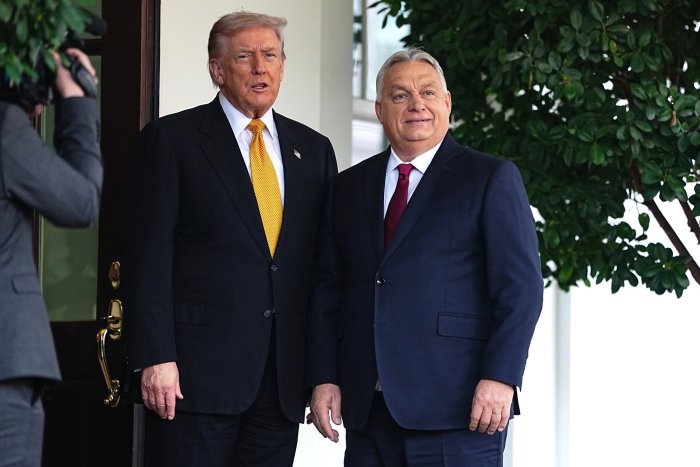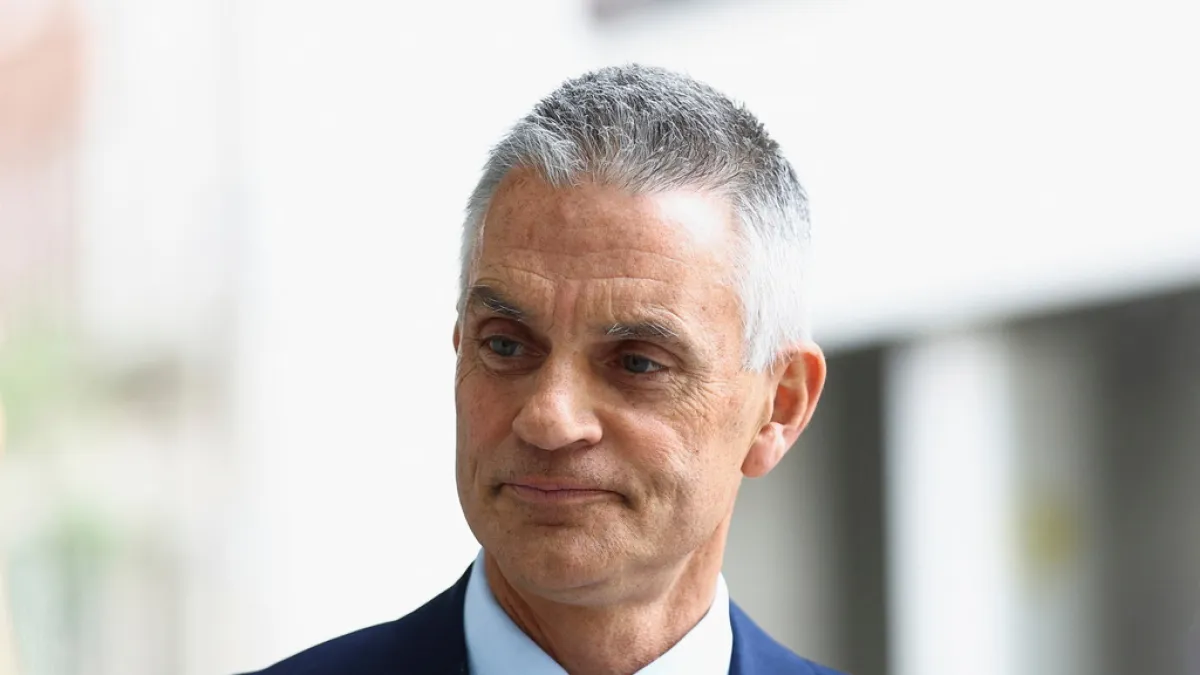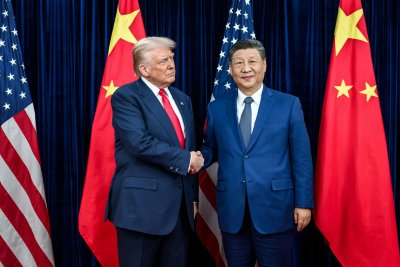Donald Trump has branded the BBC ‘100% fake news’ but Keir Starmer has backed the Corporation for being ‘internationally renowned’ and rejected the accusation that it’s journalists were ‘corrupt’
Donald Trump has threatened to sue the BBC over its editing of his Capitol Hill speech from 2021, as the government yesterday defended the corporation in the wake of the resignations of two top bosses. Amid the fallout from the exits of director general Tim Davie and BBC News boss Deborah Turness, the BBC yesterday confirmed it had received the letter threatening legal action from the US President and would respond in due course.
And Trump’s claim that the BBC has “corrupt journalists” was rejected by Keir Starmer as Downing Street threw its weight behind the BBC, describing it as an “internationally renowned” institution.
The developments came as BBC Chair Samir Shah finally apologised over the BBC Panorama in which two bits of a speech from Trump were edited together in a way which made him appear to support the rioters. This move has allowed Trump’s press secretary to accuse the BBC of being “100% fake news” and brand it a “propoganda machine”.
READ MORE: Strictly Come Dancing in huge show first with Britain’s Got Talent link-upREAD MORE: Alan Carr lined up for two major TV roles after Celebrity Traitors win
Shah’s apology, contained in a letter to culture, media and sport select committee chair Caroline Dinenage, said the BBC regretted its “error of judgement” that resulted in a misleading edit of a Donald Trump speech.
It came after a week of silence from the BBC, which claimed it did not comment on leaked documents. This seemingly prevented it from either defending its journalism or apologising for any mistake made, leaving many supporters baffled.
The row erupted a week ago with the publication of a leaked memo from Michael Prescott, a former political journalist who spent three years as an external adviser to the BBC, in which he made many complaints about issues that he claimed were not being sufficiently dealt with, notably on its coverage of the Gaza conflict and around trans issues.
But in his letter yesterday, Shah insisted that it was “simply not true” to say the BBC had done nothing to tackle the problems raised and he also defended the BBC against claims of systemic bias.
The chairman said the edit had initially been cleared to “convey the message of the speech” made by Trump, so that Panorama viewers would “better understand” how it was received by the president’s supporters, and what was happening on the ground at that time.
The edit, which drew no complaints at the time of broadcast, had been discussed by the BBC’s Editorial Guidelines and Standards Committee (EGSC) in both January and May this year. He said that while it was discussed as part of a wider review of the US election coverage, hindsight had shown “it would have been better to take more formal action”.
He said that reports suggesting Prescott had “uncovered” a list of stories and issues that the BBC have sought to “bury” were “simply not true,” explaining: “The issues raised by Mr Prescott are precisely the issues that have been considered by the EGSC and the Board.”
The chairman said it was also misleading to suggest that the BBC has done nothing to tackle these problems.”That is also simply not true,” he wrote. “Over the three years Mr Prescott was an advisor to the EGSC, the BBC has: published corrections where we have got things wrong; changed editorial guidance to make the BBC’s position on issues clearer; made changes to leadership where the problems point to underlying issues; and carried out formal disciplinary measures.”
He said it was important to remember the thousands of hours of “outstanding journalism” produced by the BBC on TV, radio and digitally, calling for “a sense of perspective” to be maintained.
Speaking to reporters yesterday, the Prime Minister’s official spokesman said: “On the question of is the BBC corrupt? No. The BBC has a vital role in an age of disinformation… where there’s a clear argument for a robust, impartial British news service to deliver, and that case is stronger than ever.”
Asked if Mr Starmer believed the BBC was institutionally biased, the spokesman replied: “No, but it is important that the BBC acts to maintain trust and correct mistakes quickly when they occur, because as I say, for any public service broadcaster, accountability is vital to maintain trust.”
Elsewhere, ex-PM Gordon Brown told Sky News an “immediate” apology from the BBC over the Trump speech could have swerved the need for resignations. “I think the problem that the BBC has had is that this happened a year ago,” he said. “An apology should have been made instantly. If a mistake has been made, you’ve got to apologise instantly.”
As many media commentators and BBC alumni rushed to either defend or denigrate the BBC, there were also claims of a “coup” from within the BBC board.
David Yelland, a former editor of The Sun who now presents a podcast for the BBC, said: “It was a coup and, worse than that, it was an inside job. There were people inside the BBC – very close to the board, on the board – who have systematically undermined Tim Davie and his senior team. This has been going on for a long time. What happened yesterday didn’t happen in isolation.”
He added: “There is a reason that the BBC is the most trusted news organisation in the world – look at who is celebrating this morning, including the president of the United States. This is not a good day and I do think there was a failure of governance.”
Radio 4 presenter Nick Robinson, a former political editor for BBC News, declared that forces were at work to try and bring down the BBC. “It’s clear that there is a genuine concern about editorial standards and mistakes,” he said on Today. “There is also a political campaign by people who want to destroy the organisation. Both things are happening at the same time.”
He said the BBC had appeared “paralysed” for the past week – “unable to agree what to say not just about the editing of Donald Trump’s speech by Panorama but also wider claims of institutional bias”.
Former 5 Live Breakfast Show host Shelagh Fogarty now works in commercial radio but says the BBC needs defending. “We need the BBC as part of a broader economy in news media. I worked there for 25 years and can see its rigour has been eroded. The practice of impartiality is its highest aim. Fix that and state facts.”
But Nigel Farage seized on the crisis, claiming the BBC “has been institutionally biased for decades” as he appeared at a press conference in central London. The Reform leader said: “I actually spoke to the president on Friday. He just said to me: ‘Is this how you treat your best ally?’ It’s quite a powerful comment.”
Former Radio 4 presenter Libby Purves said that she was “glad” to see Turness had been “binned” from her job at the helm of BBC News and claimed the Trump edit should never have happened. “The trans bias is irritating and the Arabic service a problem, but what viscerally distressed us ancient BBC newsfolk was the Trump edit,” she posted on social media. “As a reporter, spent years editing tape and being vv careful NOT to risk traducing even horrible people.”
And Charles Moore, chair of The Spectator, argued that the BBC’s views were “always from a metropolitan left position”. He added: “That means it’s not serving a very large percentage of the licence fee payers. I’m not, of course, saying it should be right wing either, I’m saying it should take impartiality seriously.”
Former Radio 4 controller Mark Damazer said he felt “sad” that Davie had resigned as a result of the latest controversy, describing him as an “outstanding” director general. “I don’t agree that the BBC is systemically biased and that it is basted in a culture which means that its journalism can’t be trusted. I think that’s absolutely wrong,” he said. “The overwhelming majority is excellent and it doesn’t happen by accident. I am here to say that the BBC is an outstanding and excellent exponent of impartial journalism and it needs to be defended.”
Emily Thornberry, chairwoman of the Foreign Affairs Committee, agreed: “Across the world, the BBC is recognised as the best source of impartial news reporting. “It’s not perfect, because nothing made by people ever is. However, in these days of deliberate lies, manipulation & populism, it’s a beacon of truth. Britain should be proud of it.”
Caroline Dinenage said that Davie’s decision to quit came down to “editorial failure”, listing other recent mistakes including Bob Vylan at Glastonbury, misconduct by Gregg Wallace on MasterChef, and editorial failings in the doc Gaza: How To Survive a War Zone.
“There seems to be a muscle memory at the BBC as to how to badly respond to any kind of editorial crisis or scandal,” she complained. “The BBC seems to have dropped the ball at every opportunity. That is not a board-level problem, that is an institutional problem.”
Like this story? For more of the latest showbiz news and gossip, follow Mirror Celebs on TikTok, Snapchat, Instagram, Twitter, Facebook, YouTube and Threads.


